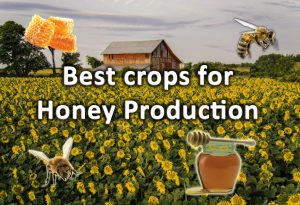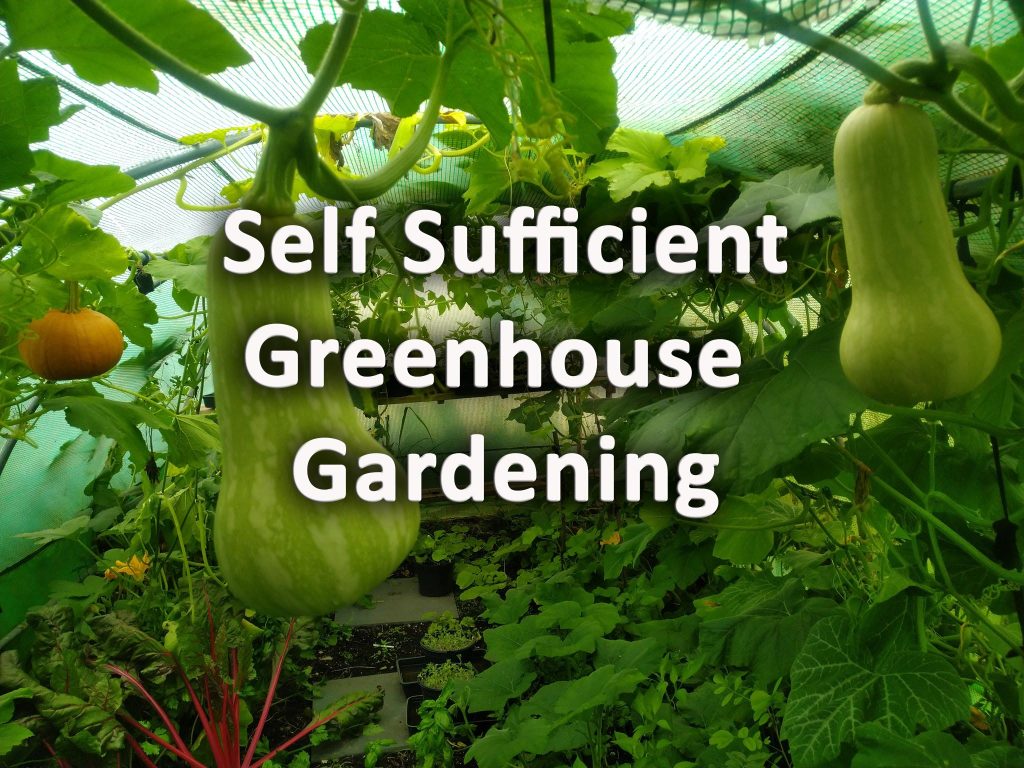Most people who are serious about gardening will have a greenhouse of some sort. There is no doubt that the shelter and warmth of greenhouses make them perfect for all types of crops and growers. However for self-sufficient homesteading and people who want to live off grid, greenhouses are almost essential.
Not only can they boost crop production but can also have alternative uses to facilitate other homesteading pursuits. In self sufficiency you are always looking for innovative ways to produce more and conserve available resources.
The simple concept of trapping the suns warmth within a sheltered structure is useful for so many reasons. Particularly if you live in a cooler climate collecting solar radiation can facilitate activities far beyond simply crop growing.
In this article we will explore what makes greenhouses so effective and even essential for your self sufficient homestead.
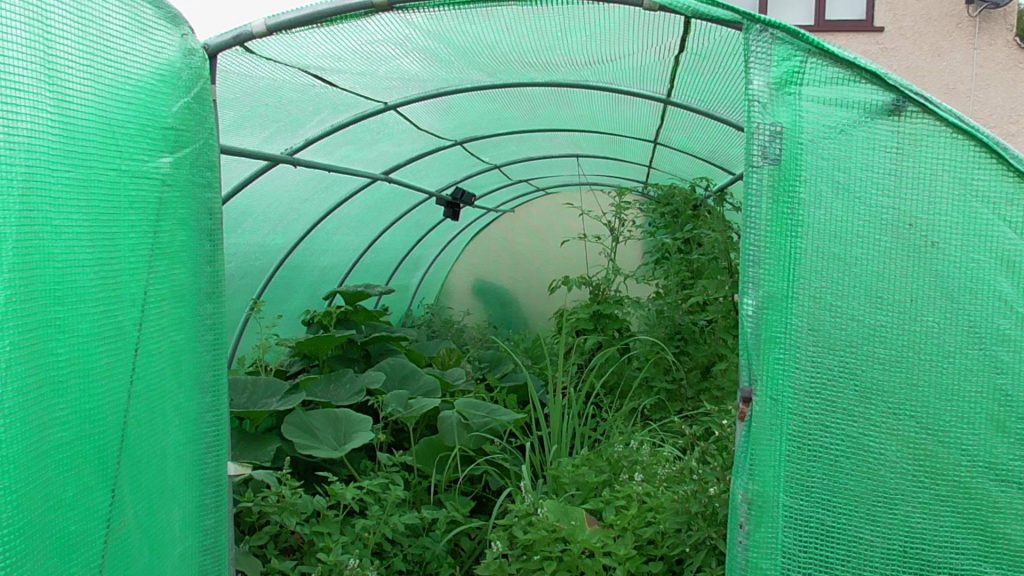
The benefits of greenhouses for self sufficiency
When self-sufficient homesteading, ensuring year round food availability can be a tricky business. Colder climates in particular have to grapple with late frosts, hail, freezing rain and sub zero winds. These can devastate young crops even until quite late in the spring season. If relying upon your self sufficiency for survival this could be quite simply catastrophic.
From experience on my family farm in Cyprus the importance of greenhouses even in warmer climates cannot be underestimated. When plants are very young the absence of turbulent conditions can be essential. In fact most commercial crops are grown in some sort of greenhouse. The calm, warm and humid atmosphere of these structures is perfect for the establishment and growing of food crops.
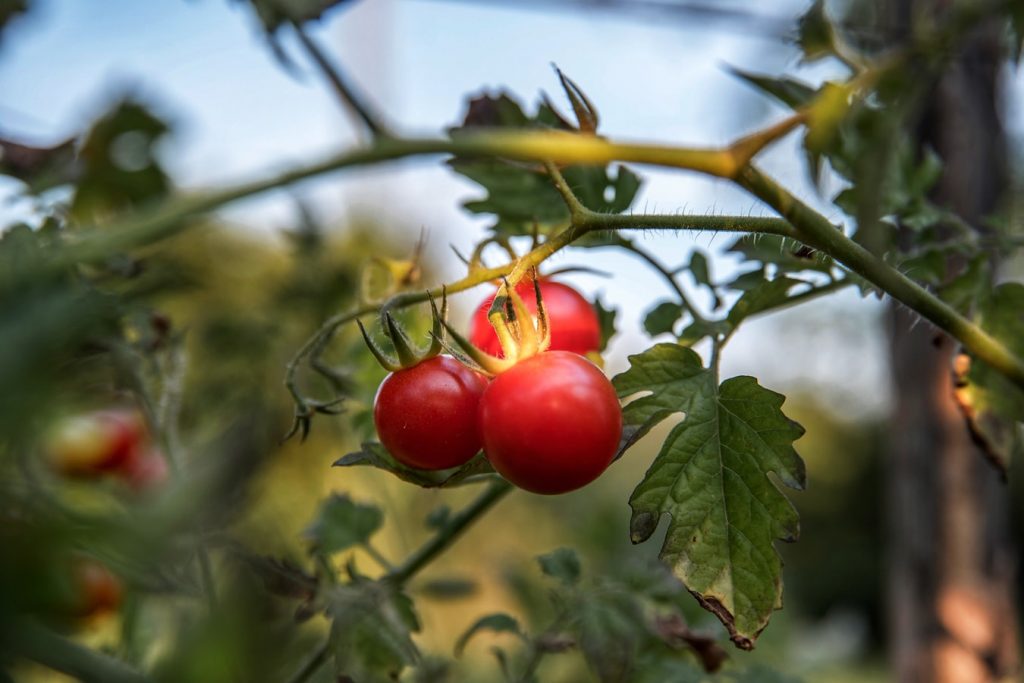
Both polytunnels and greenhouses also give effective protection from birds, mammals and swarming insects. All of these can easily annihilate large plantations when simply planted out in the open. There is no doubt that a certain amount of environmental control is enjoyed when growing in these structures.
A great benefit of greenhouses is they provide an ‘extended season’ for the grower. Being able to establish crops earlier and crop them later ensures a bountiful harvest. For instance, fruits like tomatoes can be cropped all the way until November. In cooler climates leaf crops can be started in late summer and be cropped all winter long! This is particularly the case with cabbages, spinach and chard.
Just as crops can be harvested during the winter, greenhouses also allow you to grow more exotic varieties in the summer. Crops like chillies, cucumbers, aubergines and melons can all be grown in greenhouses during the main growing season.
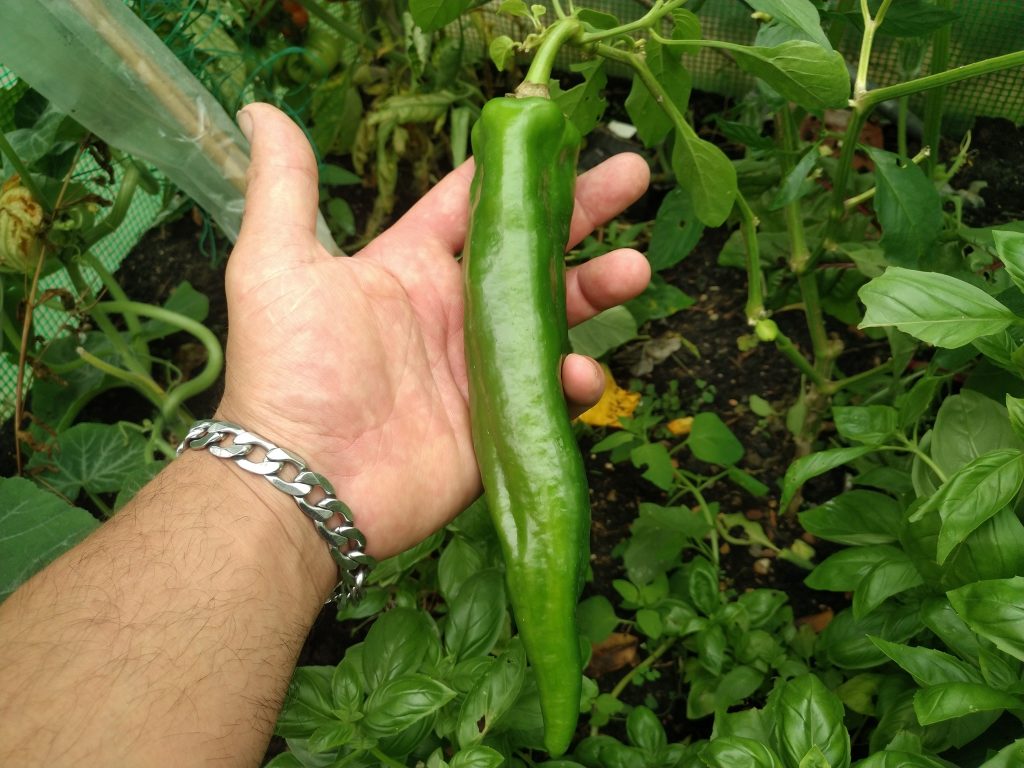
Very hot chillies can be grown on mass, dried and stored for winter use. Gherkins and cucumbers under cover will create a glut harvest perfect for pickling and storage. Bumper crops of tomatoes can be boiled up and canned or turned into chutneys.
With extra environmental control, protection, warmth, shelter and an extended season greenhouse growing is almost essential for self sufficient homesteading.
Homestead Propagation
One of the most effective uses of greenhouses in crop growing is for propagation. The process of germinating young crops and raising them to strong plants is a vital part of growing crops.
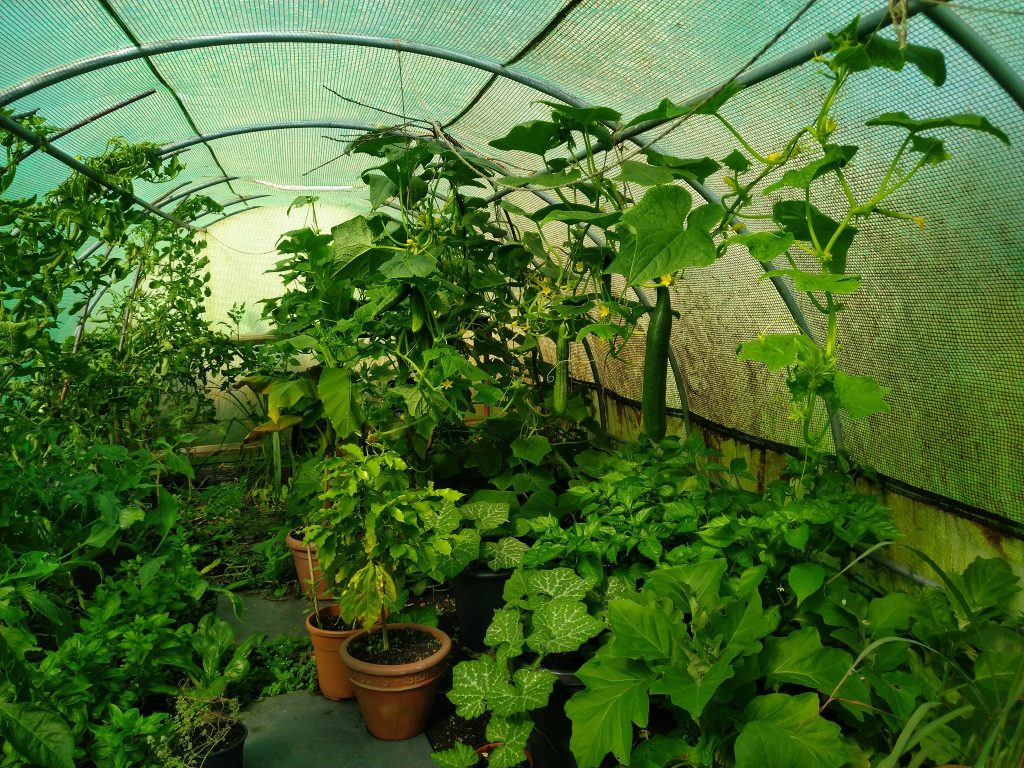
Cloches
Cloches come in a few different materials and forms but essentially are a small, movable plant covers. These can be individual plant covers or for whole crop rows. Traditional cloches generally consist of long, plastic or fabric covers propped up by semi circular hoops. These are great for providing frost cover to vegetable beds and providing shelter. These are effective for early season planting and hardening off young crops.
Coldframes
Cold frames are effectively miniature greenhouses that are usually stationary. Typically these consist of a raised compartment with a transparent lid on top. In their simplest form, gardeners of the past would build boxes with bricks and place a pane of glass on top.
More often these are built with a timber frame and clad with transparent plastic or glass. These can also come in a variety of shapes and sizes. Most notably cupboard cold frames are a great way to raise up growing areas and absorb heat from adjacent buildings.
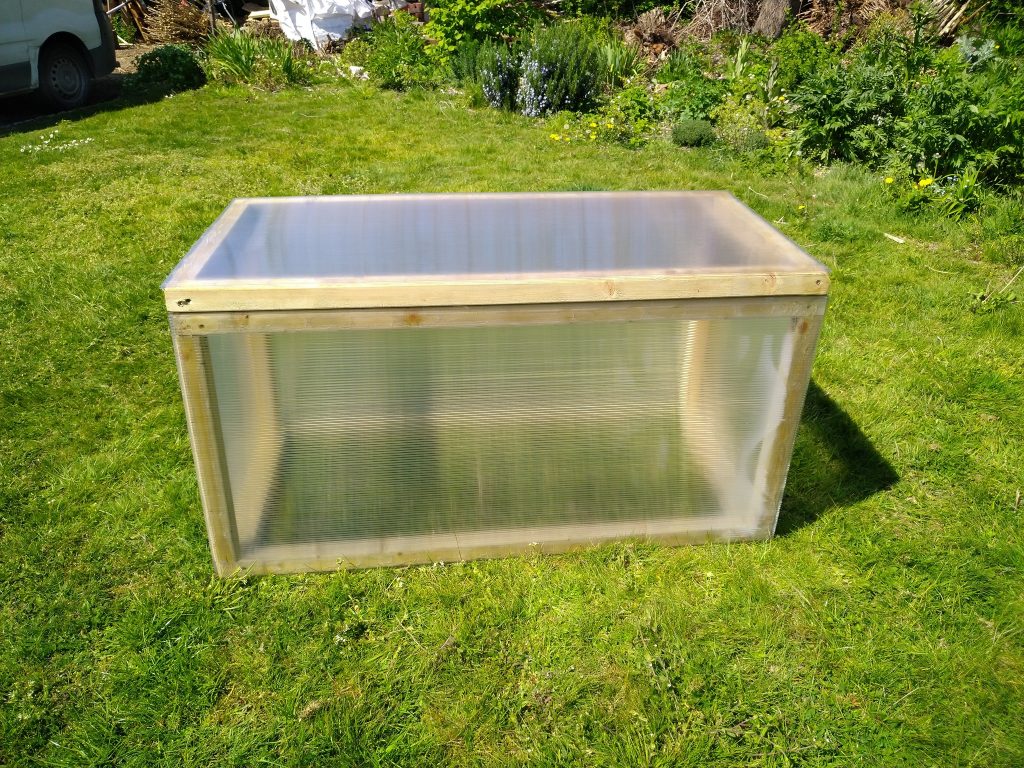
Glass houses
Glass houses are conventionally the more familiar garden greenhouses. These are very common and extremely popular with weekend gardeners across the planet.
Although varying in size these greenhouses usually cover a few square metres with shelves at either end. Being made of glass these structures are made up of a robust frame of either metal or timber. These glasshouses typically require a robust concrete base to sit them upon.
Glass houses can also come in larger configurations or large construction kits. These are a great option if you have the space and of course the budget. As well as having to invest in the structure these also will require a robust foundation and sometimes a low, brick wall.
What makes these especially useful for self sufficient homesteaders is the fact they are permanent. Their durability means there are no replacement covers to worry about as there are with polytunnels. Obviously using plastic covers is bad for the environment and is not a sustainable option.
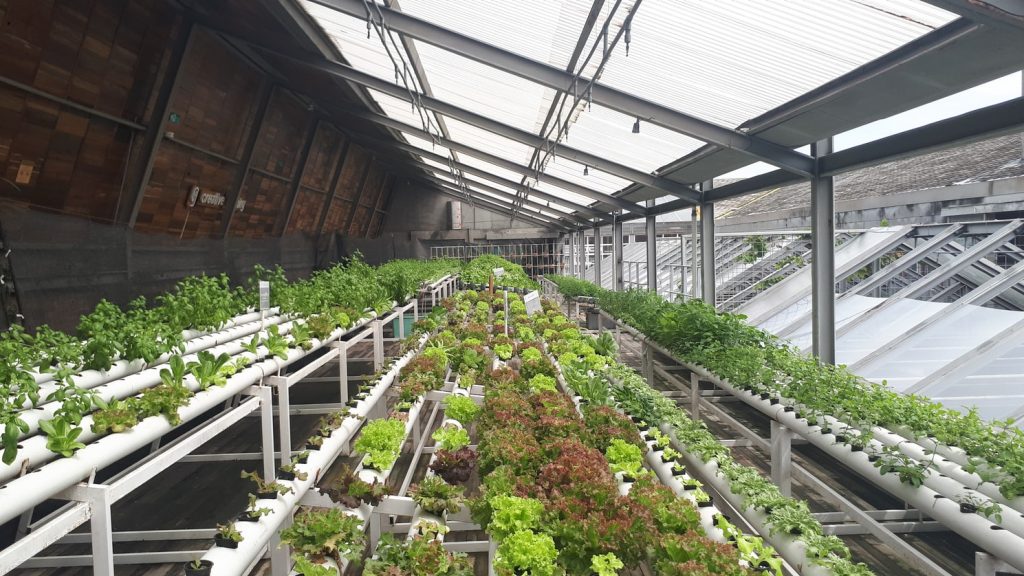
Polytunnels
If you want to cover a larger area with a greenhouse a polytunnel will probably be your best option! Their expansive, strong but lightweight structures make them excellent for large scale crop growing. One of the biggest benefits of polytunnels is they can be erected up over existing growing beds.
Not necessarily requiring a concrete base there is no need to continuously import soil in. This also benefits irrigation as pots and containers need a more consistent watering regime. As I did on my site polytunnels can be erected over robust raised beds with the frame fixed to these. This provides a deep soil medium while anchoring the structure.
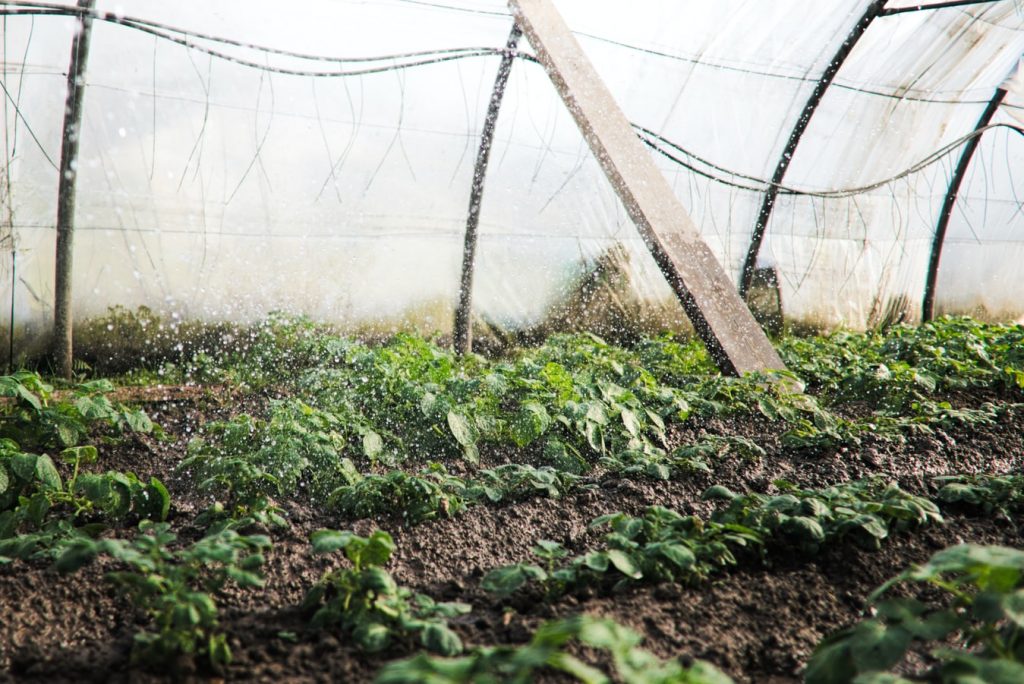
Anchoring polytunnels well is extremely important; these can easily be destroyed by hurricanes and gales. As well as robust anchoring and fixing, time consideration should be put into siting your tunnel. Very exposed hilltops should be avoided unless extensive shelter is built into the landscape.
Furthermore large overhanging trees should be avoided. When trying to be self sufficient, ploytunnels are a great way to grow undercover extensively. You will have to weigh up if less ecological replacement covers are outweighed by benefits of boosted food production.
Hotbeds
Hotbeds are beds of decomposing organic matter put together for the specific purpose of providing heat. The heat is created by millions of microorganisms slowly breaking down the organic waste materials. If put together correctly hotbeds can put out a significant amount of warmth.
The same method is used by some species of turkeys to help incubate their eggs. Hotbeds have the ability to create a heated greenhouse throughout the winter months. This ecological heating can give your growing a boost and also contribute to producing fresh compost.
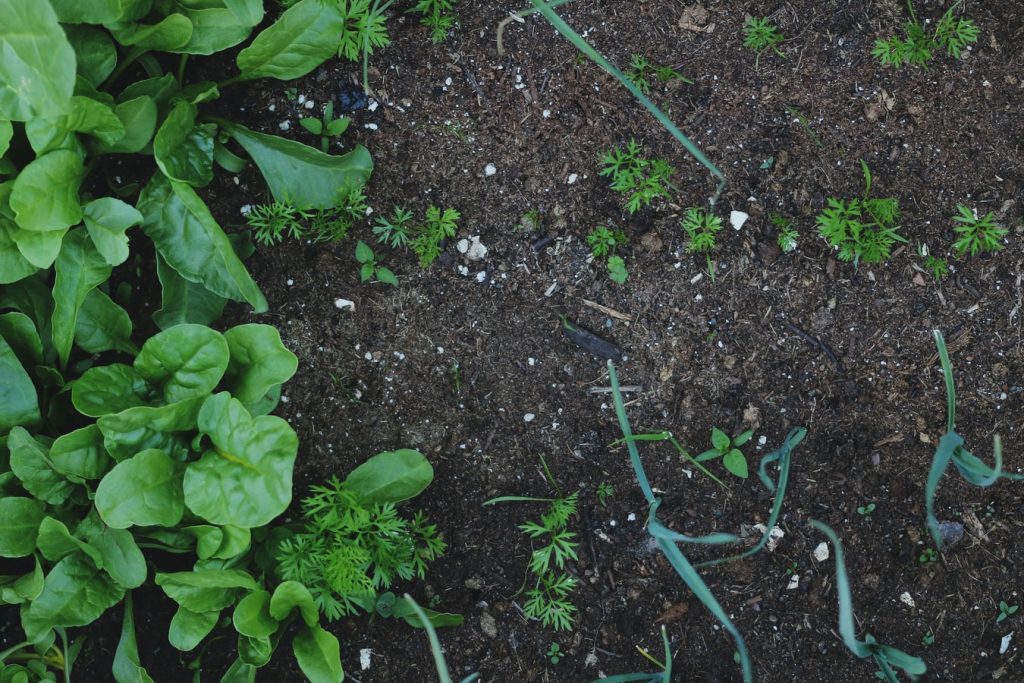
To create a hotbed you will have to gather a combination of dry woody materials and green materials. These should be finely graded and well mixed to help microorganisms break them down. Green waste can be added from the home and layered with manures to give the bed a boost.
Once your bed is steaming you know microorganisms are becoming established. You can then continually build them up in layers to ensure a steady supply of heat energy. This is the ultimate, ecological heating solution for homesteaders who want to be self sufficient.
Combining greenhouses with buildings
Combining greenhouse structures with buildings is a concept which is simply not exercised enough. For homesteading and self sufficiency this idea is simply so energy efficient. Aspects of your home which face sunlight can benefit greatly from more glass facades. This lets in more natural Ultraviolet light and can provide heat energy even in winter.
The perfect self sufficient homestead would have a large ‘inside, outside, transitional area’ made of transparent materials. This would face the sun and provide a warm extension of the home into the garden. This allows for winter crop growing and enables more exotic produce. These light and warm greenhouse areas can also help to heat the home during the winter months.
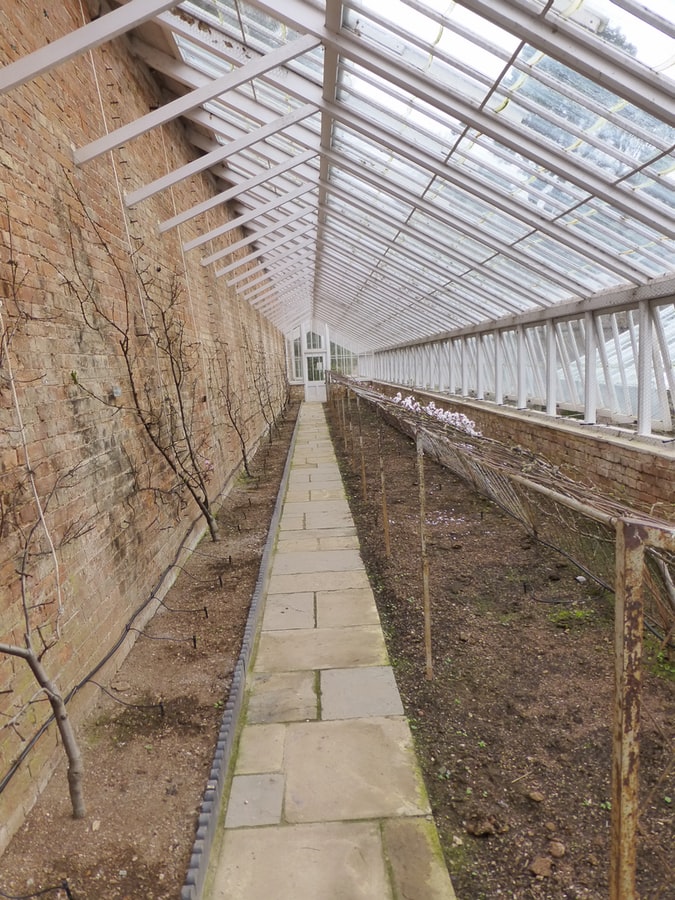
Integrating Livestock
For most, the idea of having livestock trampling through your greenhouse is a bad idea. However in a self sufficient sense combining the two can work well.
This is particularly so in larger greenhouses or polytunnels. During the winter month’s poultry in particular can benefit from shelter of the greenhouse. During this time chickens can scratch around looking for overwintering pests. They can also scratch up the ground adding both oxygen and manure.
As long as there is some shade greenhouses can be effective to temporally house young animals early in the season. This can aid in incubation and introduce them to early foraging.
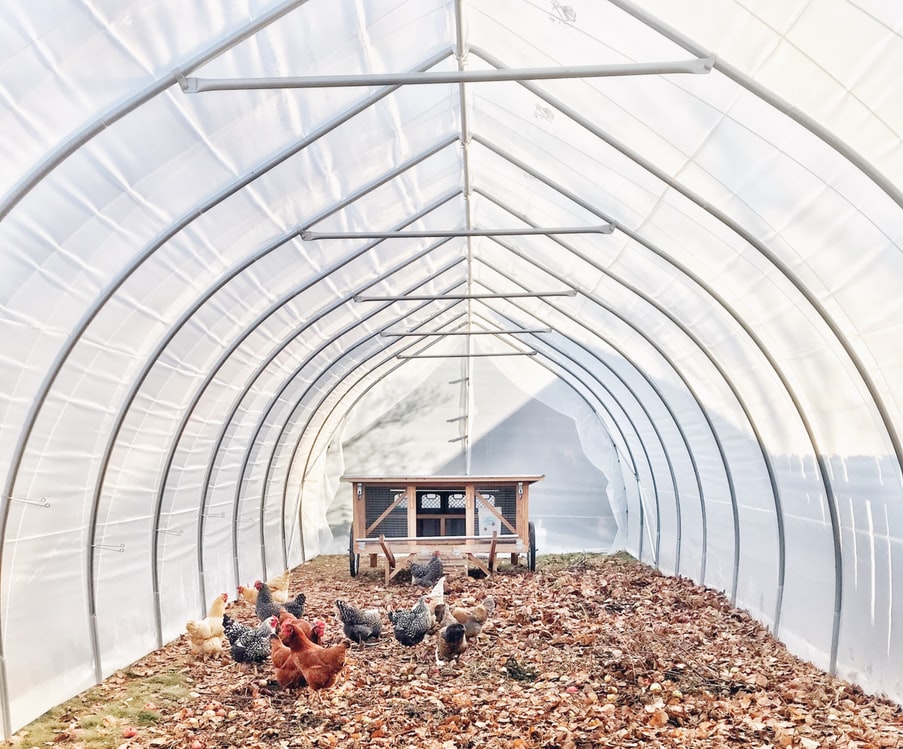
Aquaponics
Aquaponics is a type of aquaculture which utilises nitrogen rich water from fish production to feed vegetable crops. The very symbiotic nature of aquaponic systems means they are perfect for multifunctional environments. Raising fish for food while feeding vegetable crops means you are stacking self-sufficient functions. Some of the most productive aquaponic systems are those which have warmer water.
This raises the metabolism of the fish enabling them to grow faster. This is particularly the case with warm loving species such as tilapia. These edible fish can grow at an incredible rate and produce an abundant food source. This makes aquaponic systems perfect for greenhouses and polytunnels. Consequently these will raise the temperature of the water and help to stabilise the atmosphere of the greenhouse.
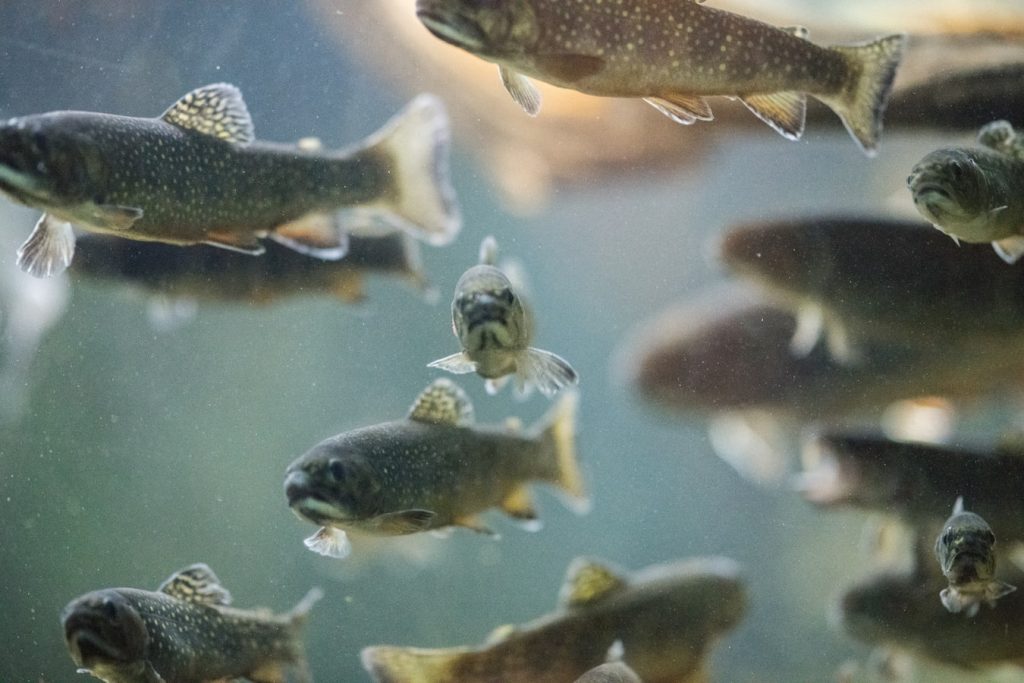
Pest control
When growing in a greenhouse it is important that pests do not become established inside. Even though greenhouses are good for keeping pests out they are problematic if pests get in! The problem is, not opening your greenhouse can lead to no ventilation or pollination problems. One of the best ways to get around this organically is allow accessible habitat to beneficial species.
Solitary wasps, spiders, ladybirds, amphibians and hedgehogs can all eat their way through greenhouse pests. You could consider installing a small pond, bee hotel or hedgehog home close by? Alternatively you can make small hibernacula’s inside to provide shelter for beneficial insects.
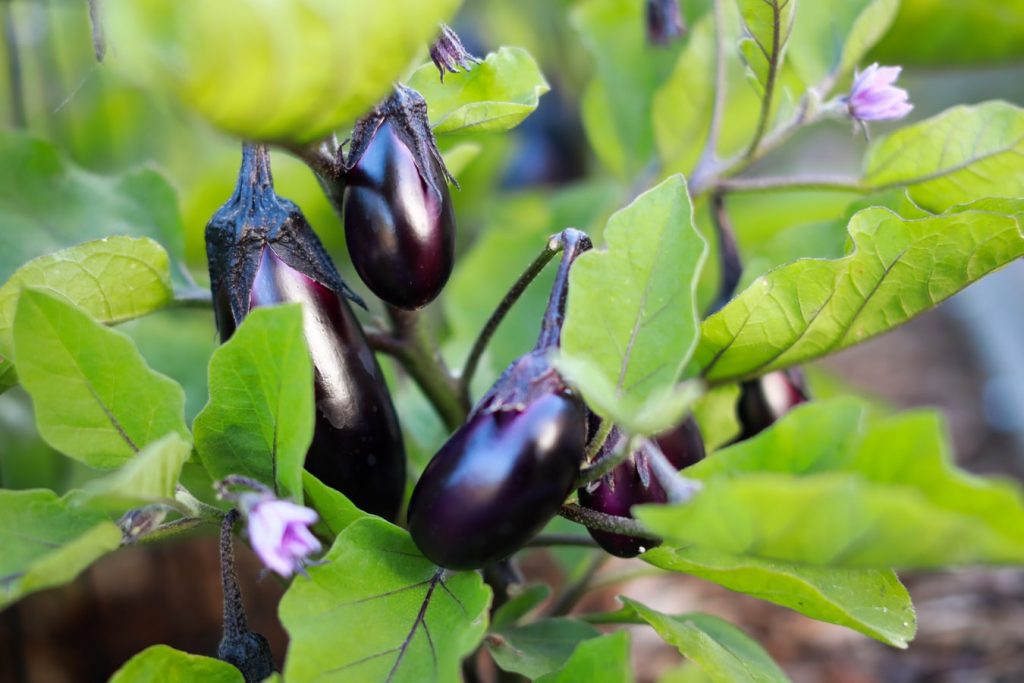
Pollination
Not all crops require pollination but many do and it is something you must consider when planning your greenhouse. If you are growing crops such as squash and melons you may not get enough bees to pollinate your crops. Furthermore greenhouses can become so hot and humid that pollen can lose its powdery nature and become sticky.
Some of the best things you can do is make sure your greenhouse is well ventilated on hot days. Try to plant bee attracting species near the entrance to your greenhouse like comfrey or borage. If you still get pollination issues you may wish to try hand pollination early in the morning.
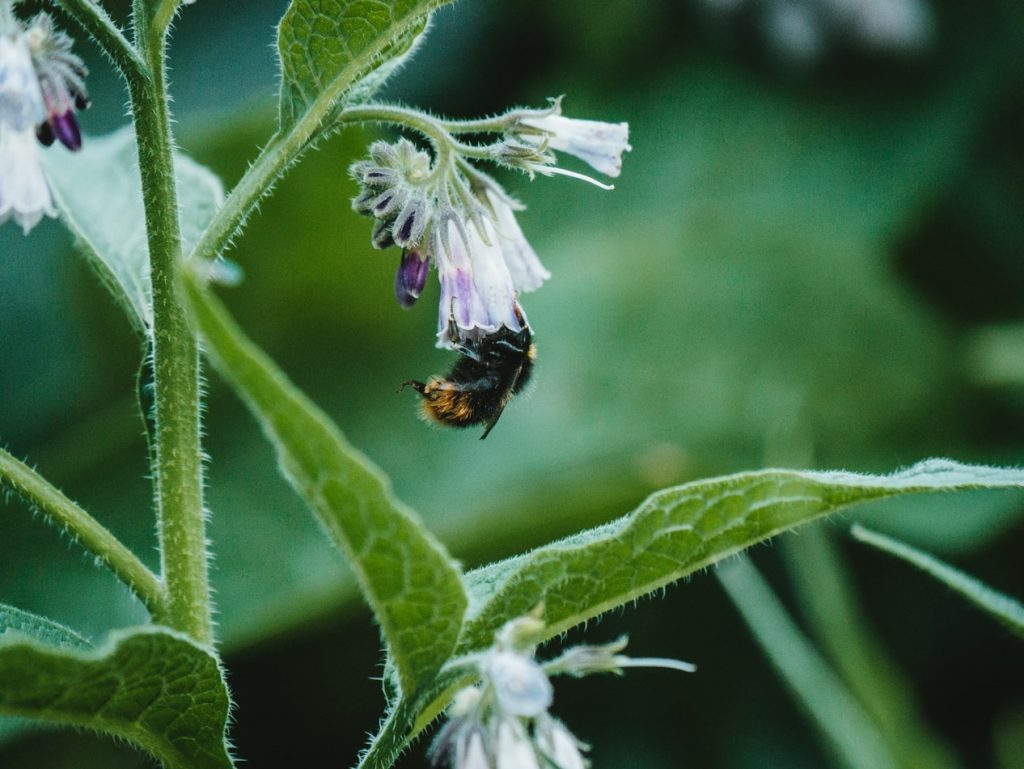
Maintenance
Greenhouses really are excellent for self sufficient homesteading! It is important to keep your undercover growing areas healthy and in the best condition!
One of the best ways to do this is to keep them clean and tidy. Try to remove dead blooms and dying foliage in late winter to reduce the risk of fungal infections. Clean the surfaces and walls of the greenhouse to kill excessive bacteria and help repel pests.
Why not watch my video on the subject of greenhouse gardening below? It is a much more extensive guide to greenhouse gardening.
Thank you for reading our article on self sufficient greenhouse gardening. If you wish watch our video on polytunnel gardening and growing undercover. Why not subscribe to my YouTube channel below.
Back to homepage
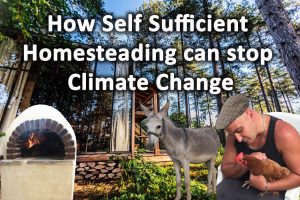
How Self Sufficiency and Homesteading can stop Climate Change
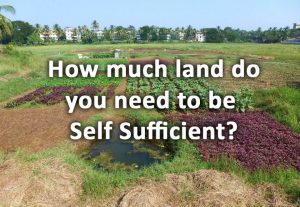
How much land do you need to be self sufficient?
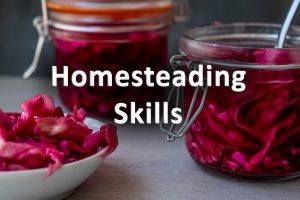
Homesteading skills, for Self Sufficiency
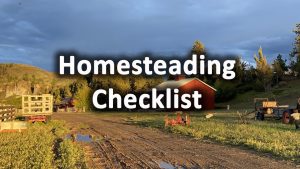
Homesteading Checklist for self sufficiency

A beginner’s guide to self sufficiency & its benefits
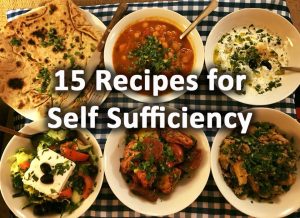
15 recipes for self sufficiency
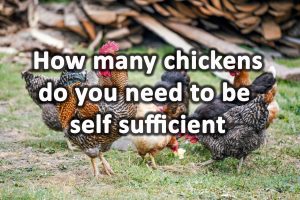
How many chickens do you need to be self sufficient?
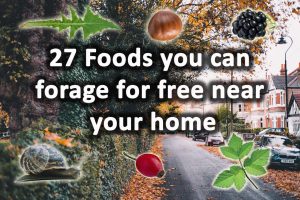
27 foods you can forage for free near your home
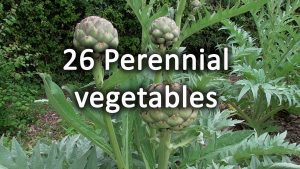
26 Perennial vegetables for the garden

Self sufficient homes
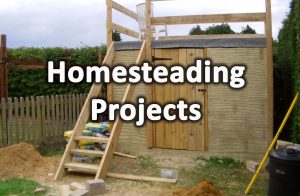
31 Homesteading projects
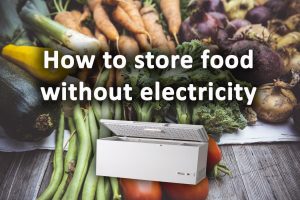
15 Ways to Store Food without Electricity
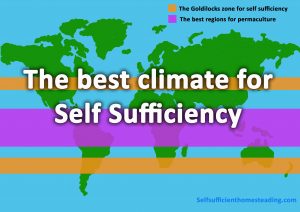
The best Climate for self sufficiency
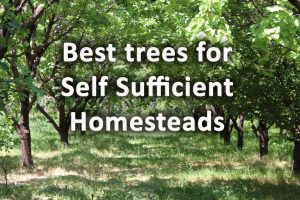
The most useful 22 Trees for a self sufficiency & homesteading
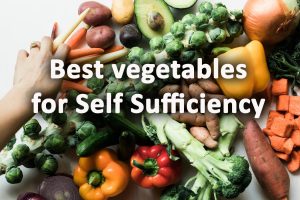
31 Vegetables for self sufficiency
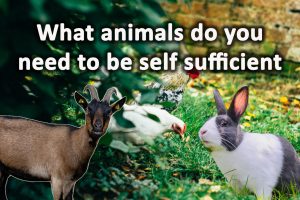
What animals do you need to be self sufficient?

How to stop Climate Change with Crops – Crops for climate change
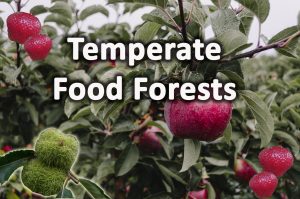
Temperate Food forests
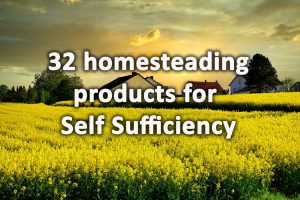
32 Homesteading products for self sufficiency
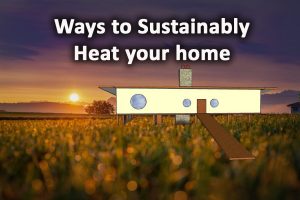
10 Ways to Sustainably Heat Your Home
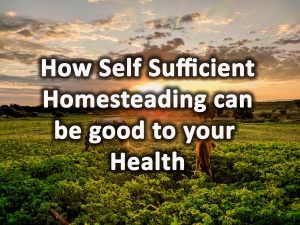
10 Ways self sufficient homesteading can be good for your health
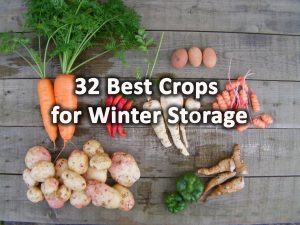
32 Best Crops for Winter Storage
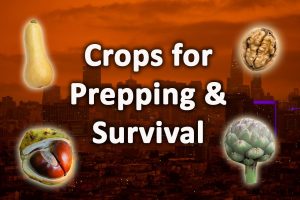
34 crops for prepping and survival
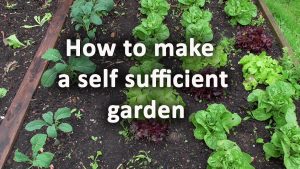
How to make a self sufficient garden
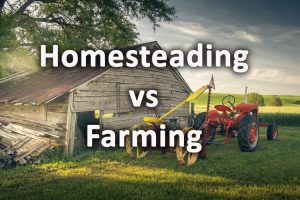
Homesteading verses farming what’s the difference?
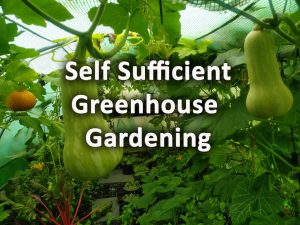
Self sufficient greenhouse gardening
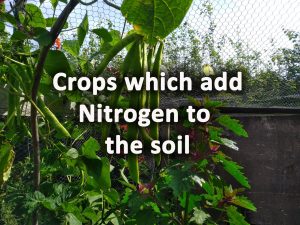
12 Crops which add nitrogen to the soil
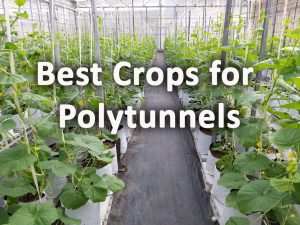
32 of the best crops for Polytunnels

12 Best Crops for Carbon Sequestration
